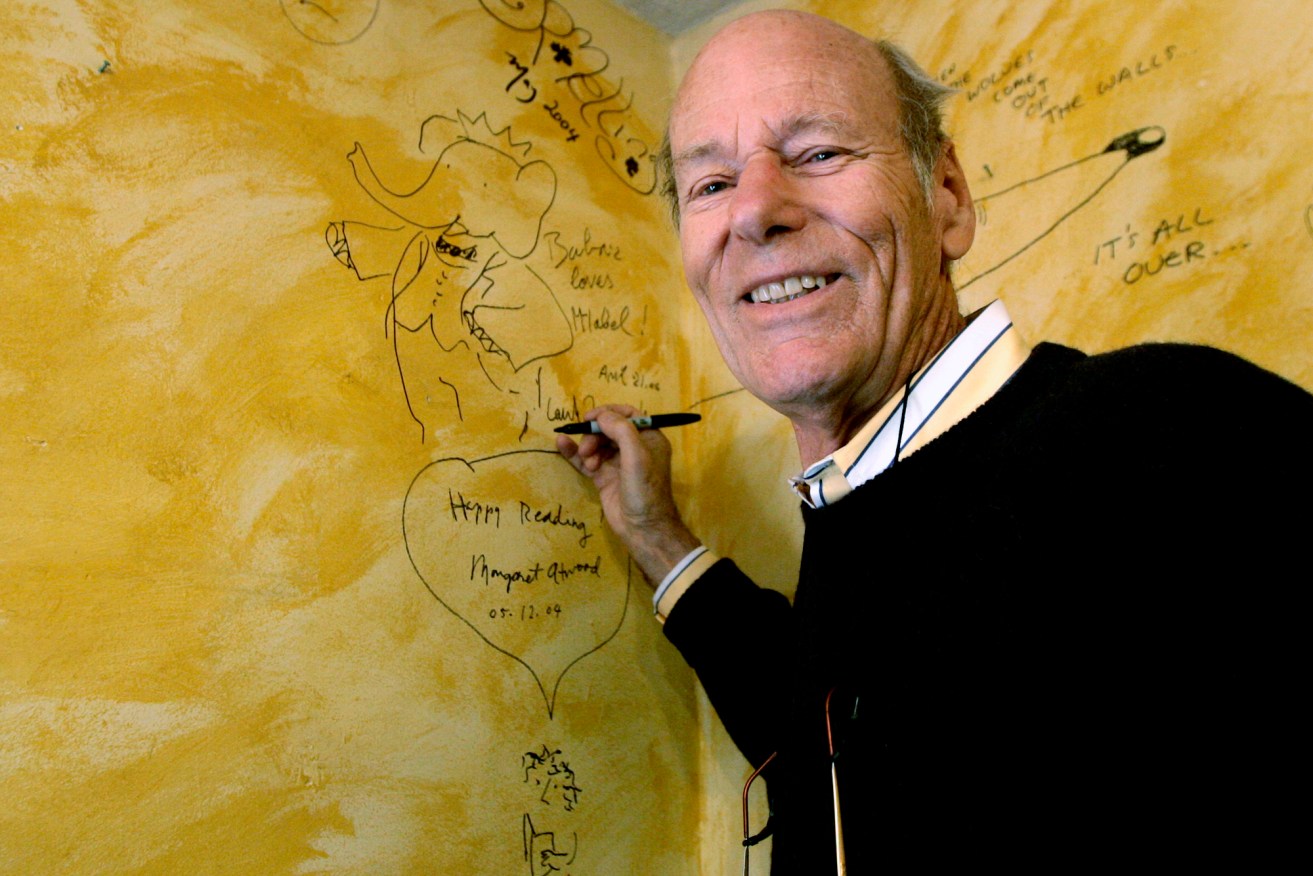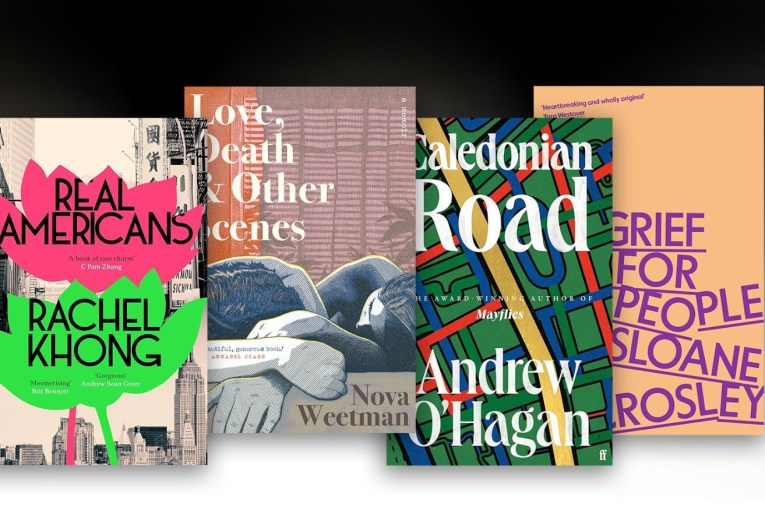Author who gave life to elephant Babar dies age 98

Laurent de Brunhoff revived his father's picture book series Babar about an elephant-king. Photo:AAP
Babar author Laurent de Brunhoff, who revived his father’s popular picture book series about an elephant-king and presided over its rise to a global multimedia franchise, has died at the age of 98.
De Brunhoff, a Paris native who moved to the US in the 1980s, died on Friday at his home in Key West, Florida, after being in hospice care for two weeks, according to his widow Phyllis Rose.
Just 12 years old when his father, Jean de Brunhoff, died of tuberculosis, Laurent was an adult when he drew upon his own gifts as a painter and storyteller and released dozens of books about the elephant who reigns over Celesteville, among them Babar at the Circus and Babar’s Yoga for Elephants.
He preferred using fewer words than his father did but his illustrations faithfully mimicked Jean’s gentle, understated style.
“Together, father and son have woven a fictive world so seamless that it is nearly impossible to detect where one stopped and the other started,” author Ann S Haskell wrote in the New York Times in 1981.
The series has sold millions of copies worldwide and was adapted for a television program and such animated features as Babar: The Movie and Babar: King of the Elephants.
Fans ranged from Charles de Gaulle to Maurice Sendak, who once wrote, “If he had come my way, how I would have welcomed that little elephant and smothered him with affection”.
De Brunhoff would say of his creation, “Babar, c’est moi” (“that’s me”), telling National Geographic in 2014 that “he’s been my whole life, for years and years, drawing the elephant”.
The books’ appeal was far from universal.
Some parents shied from the passage in the debut, The Story of Babar, the Little Elephant, about Babar’s mother being shot and killed by hunters.
Numerous critics called the series racist and colonialist, citing Babar’s education in Paris and its influence on his (presumed) Africa-based regime.
In 1983, Chilean author Ariel Dorfman would call the books an “implicit history that justifies and rationalises the motives behind an international situation in which some countries have everything and other countries almost nothing”.
“Babar’s history,” Dorfman wrote, “is none other than the fulfillment of the dominant countries’ colonial dream”.
Adam Gopnik, a Paris-based correspondent for The New Yorker, defended Babar, writing in 2008 that it “is not an unconscious expression of the French colonial imagination; it is a self-conscious comedy about the French colonial imagination and its close relation to the French domestic imagination”.
De Brunhoff himself acknowledged finding it “a little embarrassing to see Babar fighting with black people in Africa”.
He especially regretted Babar’s Picnic, a 1949 publication that included crude caricatures of Africans and American Indians, and asked his publisher to withdraw it.
De Brunhoff was the eldest of three sons born to Jean de Brunhoff and Cecile de Brunhoff, a painter.
Babar was created when Cecile de Brunhoff, the namesake for the elephant’s kingdom and Babar’s wife, improvised a story for her kids.
“My mother started to tell us a story to distract us,” de Brunhoff told National Geographic in 2014.
“We loved it, and the next day we ran to our father’s study, which was in the corner of the garden, to tell him about it. He was very amused and started to draw. And that was how the story of Babar was born. My mother called him Bebe elephant (French for baby). It was my father who changed the name to Babar. But the first pages of the first book, with the elephant killed by a hunter and the escape to the city, was her story.”
The debut was released in 1931 through the family-run publisher Le Jardin Des Modes.
Babar was immediately well received and Jean de Brunhoff completed four more Babar books before dying six years later, at age 37.
Laurent’s uncle, Michael, helped publish two additional works but no one else added to the series until after World War II, when Laurent, a painter by then, decided to bring it back.
—AAP








